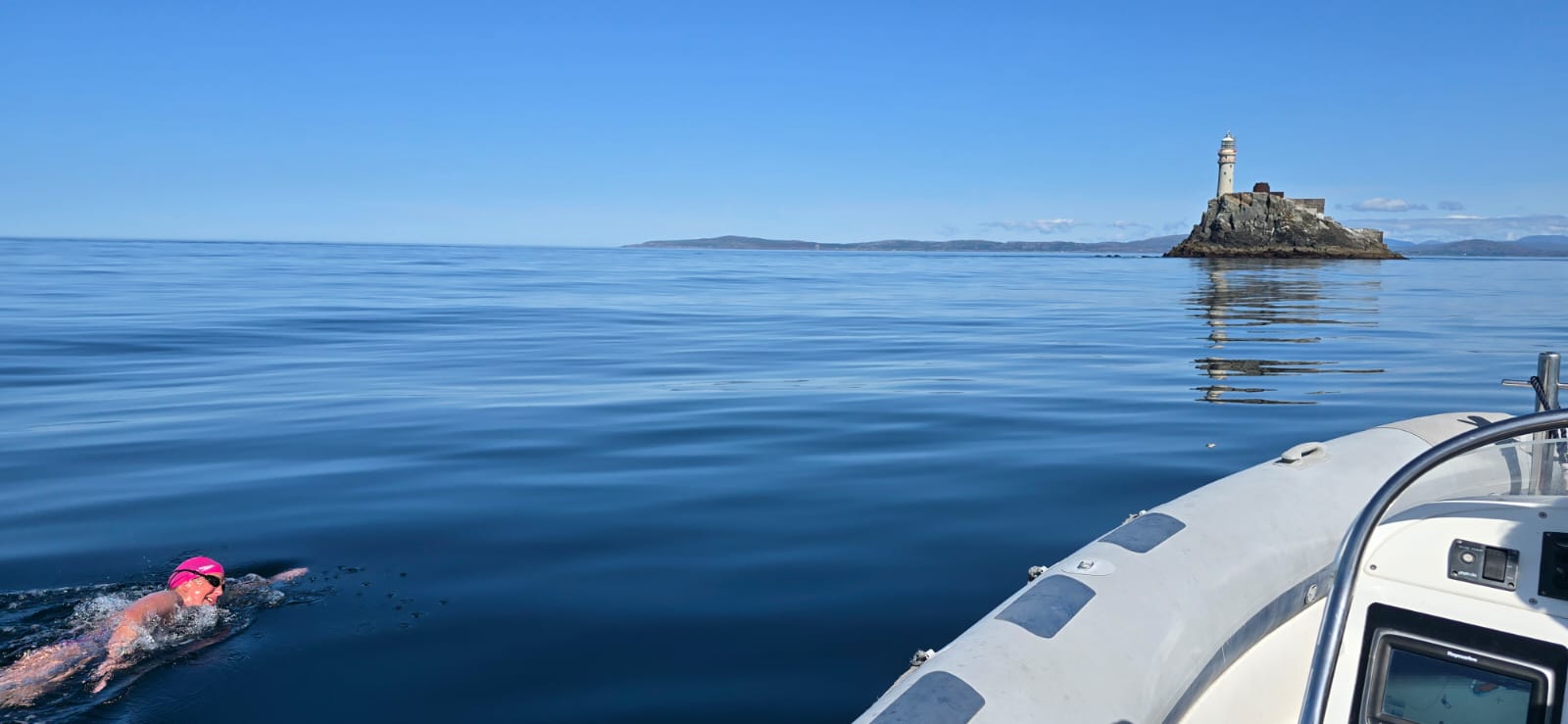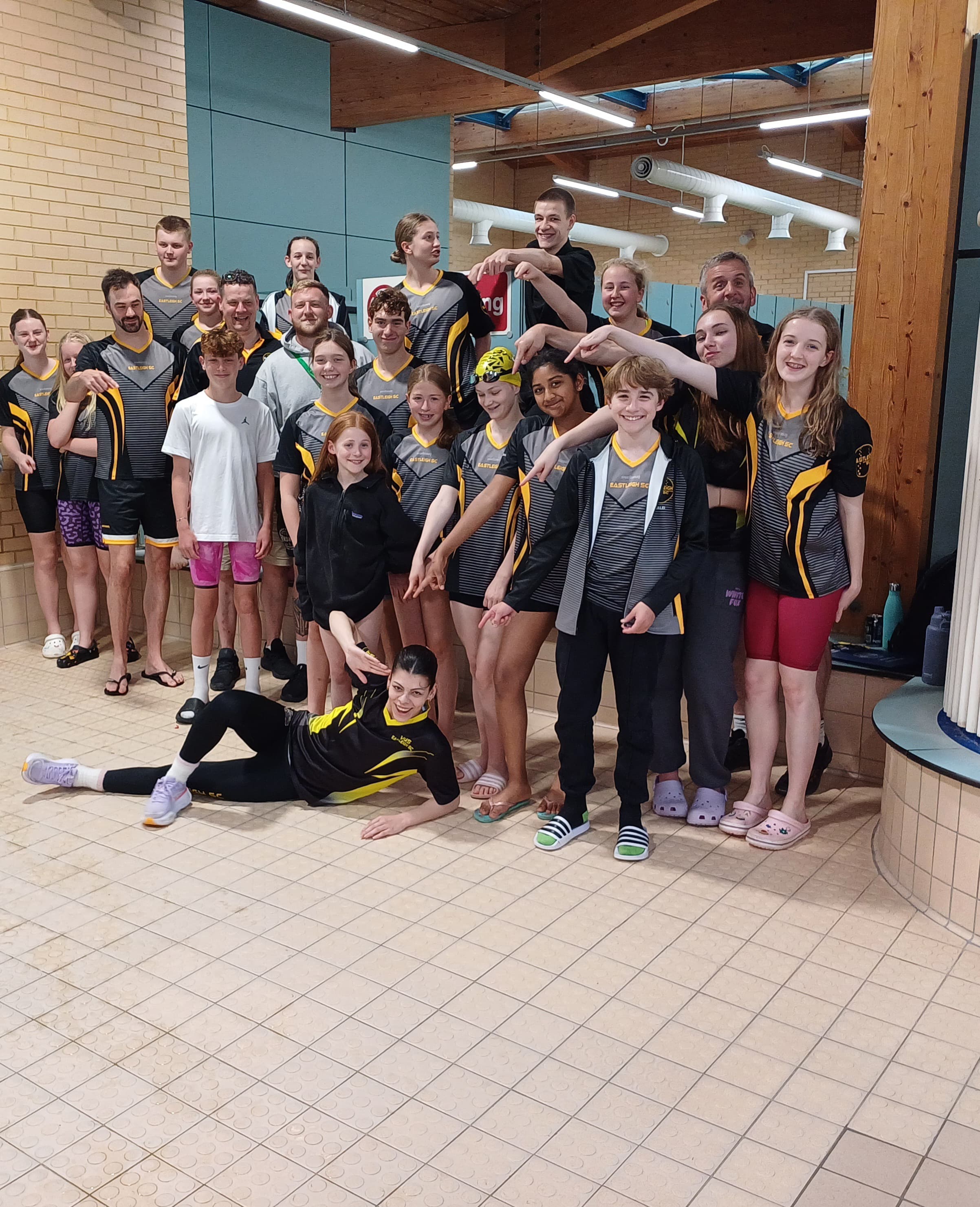
Swim England Photography Guidance
(taken from WavePower)
This guidance applies to all images and videos taken on any type of camera or recording device (including mobile phones). It applies to all training sessions, activities and events run by a Swim England affiliated organisation. It should be acknowledged that although the majority of images taken are appropriate and in good faith, images can be misused and children can be put at risk if common sense procedures are not observed.
Aims
The Swim England Photography Guidance aims to help organisations avoid three potential sources of child abuse:
- The use, adaptation, sharing or copying of images for child abuse purposes, either electronically or in print.
- The possible identification of a child when an image is accompanied by significant personal information, which can lead to the child being ‘groomed’.
- The identification and locating of children where there are safeguarding concerns; such cases would include, for example, children who could be compromised by an image because:
- They have been removed from their family for their own safety.
- There are restrictions on their contact with one parent following a parental separation.
- They are a witness in criminal proceedings.
Recommended Best Practice
The publishing of a photograph of a member under 18, either on a notice board or in a published article or video recording (including video streaming) of a competition ('Publication') should only be done with parental consent and in line with Swim England guidelines.
A parent or guardian has a right to refuse to have their child photographed. The exercise of this right of refusal should not be used as grounds for refusing entry into a competition. Therefore, any photo that may go to press or on a notice board, be it through a member of the organisation or an official photographer, should receive parental consent before being published or displayed, preferably in writing. (this is part of your registration documentation)
In the case of any event or competition where the host organisation has an official photographer, all parents of members who are attending should be made aware of this in the event details. If photos are to be published anywhere, each individual parent should be given the opportunity to withhold their consent. Their right to do so should be specifically drawn to their attention.
The Swim England guidelines state that all photographs for publication must observe generally accepted standards of decency, particularly:
- Action shots should be a celebration of the sporting activity and not a sexualised image in a sporting context.
- Action shots should not be taken or retained where the photograph reveals a torn or displaced swimming costume.
- Poolside shots of children should be above the waist only in a swimming costume, though full length tracksuit shots are approved.
- Photographs should not be taken from behind the starting blocks or that show young participants climbing out of the pool.
Published photographs may identify the individual by name and organisation but should not state the member's place of residence or school attended. Swim England does not wish to stop parents photographing their child if they wish, but all organisations must ensure they do all they can to safeguard each child's wellbeing.
The Official Photographer
In some cases, the organisation will ask a member or officer to act as an official photographer for an event and in some cases they may employ a specialist photographer. Their role is to take appropriate photos that celebrate and promote aquatics.
When taking any image, they should be asked to:
- Focus on the activity rather than the individual child.
- Include groups of children rather than individuals, if possible.
- Ensure all those featured are appropriately dressed.
- Represent the broad range of youngsters participating in swimming - boys and girls, children with disabilities, members of minority ethnic communities, etc.
Organisations should screen applicants for their suitability (just as they would check any other member of staff or volunteer working with children) and then provide training and information on the organisation's child safeguarding policies and procedures.
The official photographer (whether a professional photographer or a member of staff) should receive clear instructions, preferably in writing, from the organisation at an early stage.
The organisation should provide them with a copy of this guidance and a clear brief about what is appropriate in terms of content.
Images should not be allowed to be taken outside the activity being covered.
The organisation should determine who will hold the images recorded and what is to be done with them after they have served their purpose.
Guidance On Filming Children During Training Sessions
The filming of children during training sessions is not recommended. The requirement for any filming must be justified by the organisation, (e.g. to assist in stroke development).
Assuming filming is justified, written consent is required from the parents of each child who should then be invited to attend the filming and to subsequently view the video.
The individual who is responsible for filming should exercise caution when recording and ensure the content of the footage is appropriate, following the advice outlined above. Filming should cease and/or the footage destroyed should any concerns be raised or if consent is withdrawn.
Once the footage has served its purpose, it should always be destroyed, unless the need to keep it can be justified.
Mobile Phones
Mobile phones should be registered as a camera if it has that facility in order to adhere to our policy on cameras. All organisations need to make their members aware that while Swim England does not support the banning of phones, as children need them to keep in touch with parents, particularly in emergencies, we do support the requirement that phones should emit a 'noticeable sound' if the camera facility is used.
Organisations should also remind members that any photos taken should fall within our guidelines and that if mobile phones are taken into changing rooms, the facility to take photos must not be used.
Please refer to the Swim England Changing Room Policy in addition to the guidance on child abuse images and on the use of electronic information. (All found in WavePower)
Should Photographs Or Footage Of Children Be Posted On An Organisation's Website?
It is recommended that photographs or footage of individual children should not be kept on an organisation's website, and certainly not with the child's name as this could lead to the child being identified, approached and placed in a vulnerable position. The same applies to printed materials such as an organisation's annual report or kit. Many organisations will use a child's first name, surname or nickname only, with parental consent, so as not to identify them fully.
Parental consent may be withdrawn at any time and the organisation should take all reasonable steps to respect the wishes of the parent/carer.
 Eastleigh Swim Club Masters swimmer Kate Steels has taken on one of her most ambitious challenges yet – completing a 21.5km swim from Baltimore to Fastnet Rock in Ireland, with hopes of setting a new ladies' record.
Eastleigh Swim Club Masters swimmer Kate Steels has taken on one of her most ambitious challenges yet – completing a 21.5km swim from Baltimore to Fastnet Rock in Ireland, with hopes of setting a new ladies' record. Eastleigh Swimming Club took part in the Salisbury Swimming Club Open Meet
Eastleigh Swimming Club took part in the Salisbury Swimming Club Open Meet We are thrilled to share that our team captain, Alana Maddock, has officially qualified for this year’s Summer Nationals.
We are thrilled to share that our team captain, Alana Maddock, has officially qualified for this year’s Summer Nationals.